Mount Prospect, Illinois is a northwest suburb of Chicago. With a diverse population of approximately 56,000, an extensive school system, and a strong base of retail, professional and corporate enterprises, today’s Mount Prospect is an independent village which can rival the comforts of any suburb.
At one time, Mount Prospect was a dramatically different place. The original inhabitants of the area, which today encompasses Mount Prospect, were Native American tribes. Although few specifics are known about the individuals who lived here during the Archaic, Woodland and Mississippian periods, there is a reason to believe that there may have been temporary or semi-nomadic settlements in this area. By the 18th century, if not before, the Potawatomi tribe inhabited this region. There was some overlap in the residence of American and European settlers with members of this tribe, although there was no period of extensive trade.
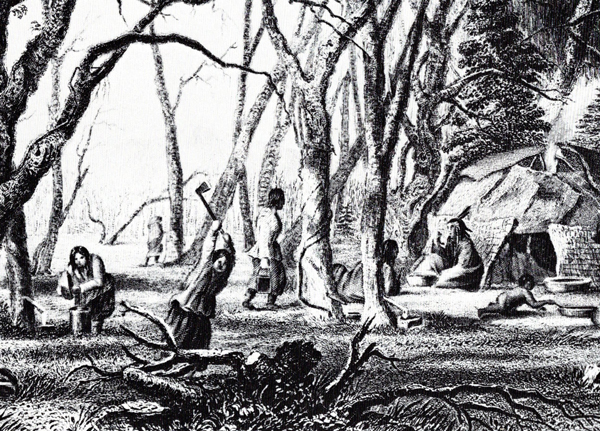
When considering the establishment of the town of Mount Prospect, the first point to consider is the War of 1812. The U.S. got into this war because of unfair trade. With British restrictions put on U.S. trade and American lives being lost in the British/French war, the U.S. was forced to either take a dramatic step or admit that they were little more than a maverick colony. In an unusual twist of fate, America actually won the war and received concessions. The real legacy of this war however, was a shift from the ocean to the land. Before this war, there was little American industry, no road system that crossed state lines, and no real transportation plan. After the isolation of 1812-1815 America became more interested in developing internal trade. Within twenty years of the War of 1812, the Cumberland Road was started, the Erie Canal was dug, and the Lowell Mills began shipping across America. In essence, America started looking west, for some this meant looking eventually to Mount Prospect.
At first, going west was long, hard and filled with uncertainty. This changed in 1825 when the Erie Canal was completed. The 125 miles of this canal connected the Great Lakes to the Hudson River and from there to the Atlantic Ocean. Settlers could now move at much greater speeds, with many more goods and in greater comfort. It also meant that the settlers in the west could now receive shipments of supplies and specialty goods in a fraction of the time. Shortly after the completion of the canal, masses of people from New England and New York began migrating to the upper Midwest. With the destruction of Fort Dearborn (1811) and Black Hawk’s War (1832) still present in Yankee minds, Chicago was not the main destination for settlers until 1833. In 1833 a treaty was signed with the Potawatomi Tribe. In this treaty, the Potawatomi ceded all of the land in the area surrounding Chicago and what would later become Mount Prospect became available for American settlers.
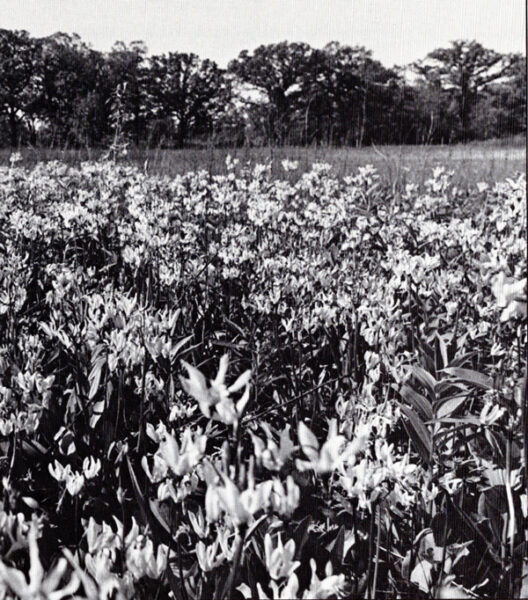
When the first American settlers came to what would later become Mount Prospect they found a wide-open space covered in prairie grasses. Yankees were the first American settlers to the area and the first to clear the land and establish farms. However, within fifteen years, or by around 1850, most of these first settlers had left the area. They left for different reasons; some were adventuresome and went further west, others headed for the coasts, either by being drawn by the gold rush in California or finding the west lonely and moving back to New England. It is possible, although not confirmed, that some of these settlers moved further west for religious reasons.
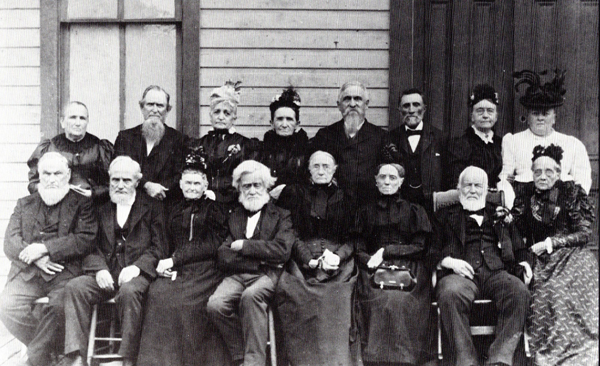
The second group to come to this area was German immigrants. The largest wave of German immigrants to America was in the 1840s and loosely coincided with the major Irish immigration. The Germans tended to move further west than the Irish did. When in the west, the German immigrants often established communities that were made up entirely of Germans. This is the story of Mount Prospect. It was primarily settled by a Germans from the southern Germanic states, who were almost entirely Lutheran. What the German settlers did that the Yankees had not, was work to establish a community. Many of them came to the “New World” with the intention of preserving their religious and cultural traditions. Because of this, it was important to the community to establish institutions of which would pass on cultural traditions. In 1848, a short time after the first Germans arrived, Saint John Lutheran Church was founded. The village went on to develop as a German speaking, farming community.
In 1850, the trains began to roll into the area. Although the Germans sought to preserve their cultural integrity, things began to change. There was no station yet in Mount Prospect, so farmers traveled to nearby towns, such as Arlington Heights to sell their goods. This led to an increasing specialization in the farming community. There was a significant shift in the type of farming, going from subsistence farming to commercial farming, with a specialization in dairy cows, onions, mushrooms, and sugar beets. This process began in the 1850s but it did not become fully realized until Mount Prospect had its own train station.
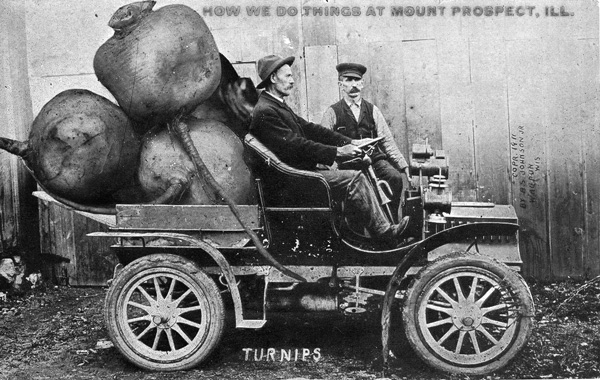
From this point the village developed into what we know today. The town became more diverse as non-Germans began moving in, the village center began to develop, and in 1917 Mount Prospect reached a population of 300 and was incorporated. From there the largest growth came during land speculations in the 1920s (including the Axel Lonnquist’s Northwest Hills Country Club) and then the suburban movements that followed World War II. The Baby Boom expanded the local population and the Village began expanding the services offered.
The person who actually decided to build a train station and a town here was a man named Ezra Eggleston. In 1874 he bought most of the land that later became downtown Mount Prospect. Eggleston planned to build a train station, lay roads, and then divide the land up into small parcels to sell at a profit. He also gave Mount Prospect its name. “Mount” was because the land sits on some of the highest land in Cook County, and “Prospect” was to proclaim that there were great prospects in this area. Ezra meant to make his fortune from this development, however he had poor timing. In 1871, three years before Ezra started building, the “Great Chicago Fire” blazed through downtown. So people in Chicago were rebuilding when Ezra was trying to sell them new land. As if this wasn’t bad enough, there was also the Panic of 1873, which was called the “Great Depression” until 1930. Because of these financial factors, there were few people interested in Eggleston land speculations.
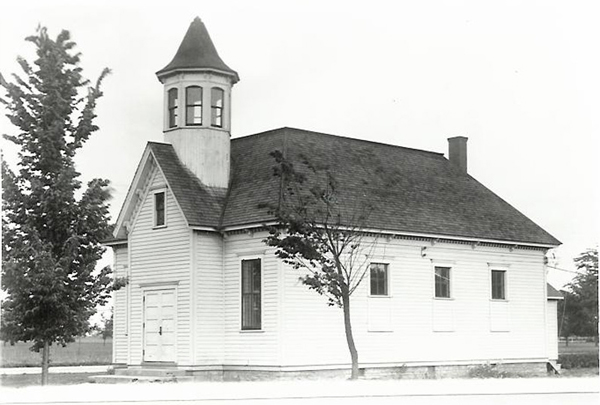
Although Ezra was not very good at making money, he gave the town its name and built the first train station. He also laid the roads and divided the village into the city blocks that we all know today. A couple of years after Ezra sold his interest in the community, other people began building stores and houses downtown and brought Mount Prospect to life. It wasn’t until later, however, that the first store was built in Mount Prospect (1880); a blacksmith opened a shop (1883); the first tavern opened and the first post office was set up (1885) and a public school was built (1896). With all of this development, more people started to move to the area, and with a station built, the train now stopped in Mount Prospect.
Developers filled former farmland with homes of all types and new residents streamed in. Prospect High School was built and opened in 1957 and scores of elementary schools were built by Districts 57, 26 and 59 to educate the community’s young people.
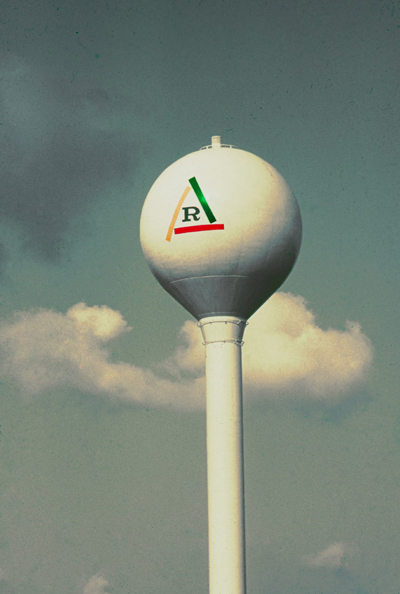
A large shopping mall called “Randhurst” was built near the northern end of the Village and opened in 1962. Annexations of adjoining farmland became commonplace during the 1950s, 60s and 70s, including the annexation of many acres of land to the northeast (north of the Maryville Academy orphanage and along the Des Plaines River). During the early 1980s, 300 acres of land which had been owned by the Northern Illinois Gas Company was annexed and converted into the Kensington Business Center. Then, in 2017 its last big unincorporated area, which had, for many years, been the 60-acre headquarters of United Airlines, was annexed. In 2022 the conversion of this property into a massive data center, owned by CloudHQ, was announced.
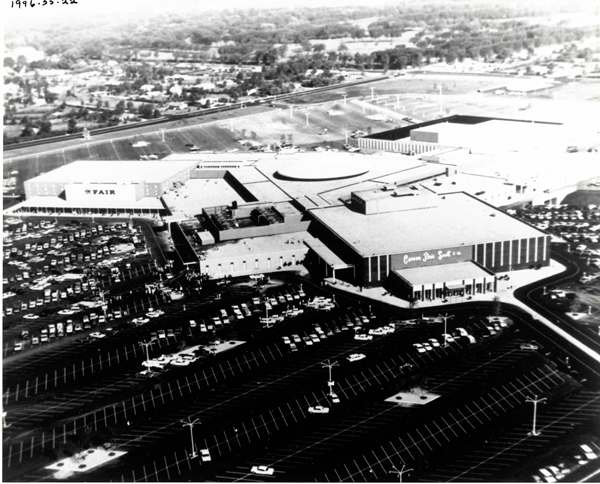
During the 1990s a many-decade period of downtown redevelopment began since shoppers were no longer shopping downtown, instead gravitating to Randhurst and other malls and then eventually favoring internet shopping. Small shops, offices and other enterprises were gradually replaced by condominiums, apartments, restaurants and other enterprises.
More than 100 years after its incorporation, Mount Prospect is a solidly middle-class suburb of Chicago, IL, with an increasingly diverse population representing many ethnic groups, educational levels, ways of life and political opinions.
Village of Mount Prospect
Village Presidents/Mayors
William Busse 1917 – 1929
Herman Meyn 1929 – 1937
Inge E, Besander 1937 – 1945
M. B. Pendleton 1945 – 1953
Theodore A. Lams 1953 – 1961
C. O. Schlaver 1961 – 1965
Daniel Congreve 1965 – 1969
Robert Teichert 1969 – 1977
Carolyn H. Krause 1977 – 1989
Gerald L. “Skip” Farley 1989 – 2005
Irvana K. Wilks 2005 – 2013
Arlene A. Juracek 2013 – 2021
Paul Hoefert 2021 –
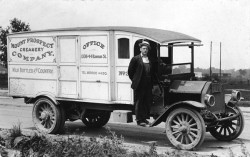
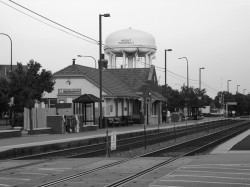
Great post! Where can I find a list of mayors over the year, specifically in the 1990s and 2000s?
I enjoyed learning about Mt. Prospects history and how it came to be. My family moved to Chicago from Calf. In 1952. My father Harry D. Gobrecht transfered from US. Gypsum from Calif. To Chicago. He took the Northwestern train from downtown Mt. Prospect to Chicago. He had 4 children all of who went to Prosecht High School.